Anaea nobilis
Highly dimorphic, it is one of the rarest leafwings in western Central America. It usually keeps to the middle and…
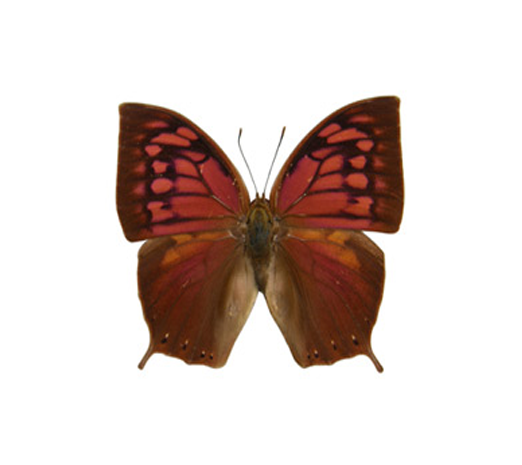
Anaea nobilis
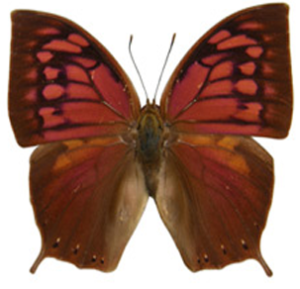 |
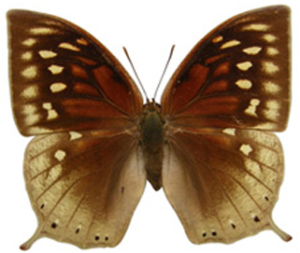 |
Highly dimorphic, it is one of the rarest leafwings in western Central America. It usually keeps to the middle and higher levels of the forest, but males will come down to fallen ripe fruits and the females seeking food plants upon which to lay their eggs.
Parides iphidamas & arcas males
The females of these two species lack the green on the forewing. P. arcas is the most attractive of the…
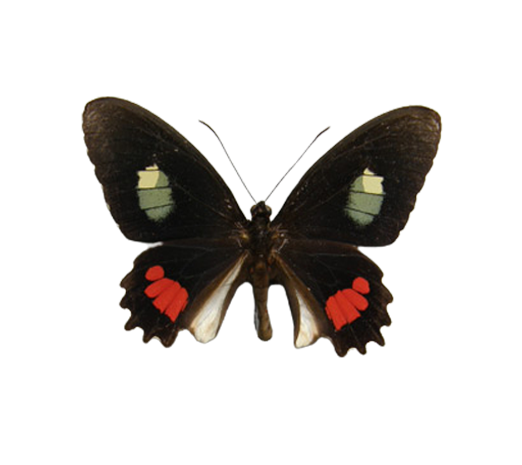
Parides iphidamas & arcas males
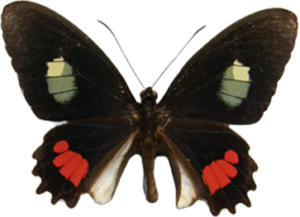 |
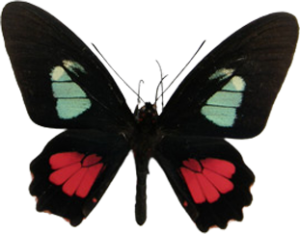 |
The females of these two species lack the green on the forewing. P. arcas is the most attractive of the Salvadoran Parides, and can be fairly common in open areas and forests throughout El Salvador, especially below 800 m.a.s.l. Parides iphidamas usually inhabits more developed humid forests at higher altituides. It can likewise be fairly common in adequate habitats.
Siderone nemesis
Our only “true red” or leaf wing butterfly. Callicore pitheas, also known as the “red 88”, is a much smaller…
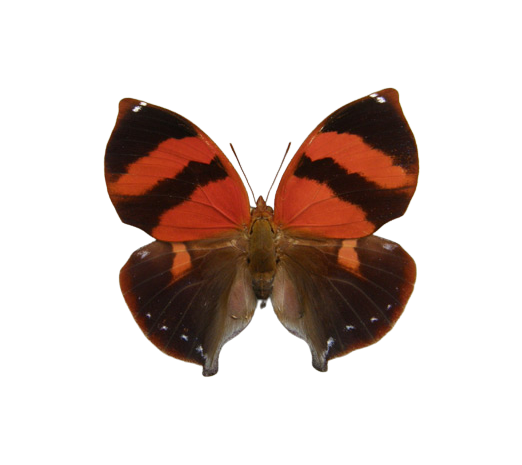
Siderone nemesis
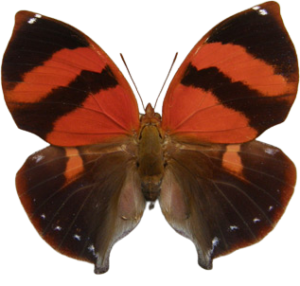
Our only “true red” or leaf wing butterfly. Callicore pitheas, also known as the “red 88”, is a much smaller butterfly. When seeking its food plant to lay eggs (or to seek females!), Siderones are often seen in fairly open and low vegetation. We were only recently able to breed this species in closed cycles, which required considerable modifications of our flight facilities, which in turn has resulted in butterflies that fly very well in closed exhibits, making all these efforts very worth while.
Caligo memnon
The common owl butterfly, Has never been reported to be a pest – as seemingly has been the case in…
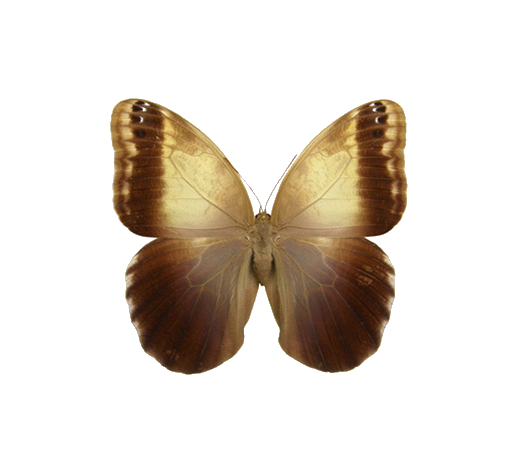
Caligo memnon
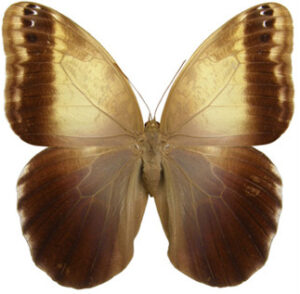
The common owl butterfly, Has never been reported to be a pest – as seemingly has been the case in banana plantations in neighbouring Honduras, as like with most butterfly species its populations are kept in check by parasitoids and other natural enemies. The underside, when inverted (the butterfly usually rests facing downwards with wings folded) is what becomes the “face of the owl” and reputidly scares away prowling birds. The frequency with which adult butterflies are encountered with missing chunks of their hindwings gives testimony to thew frequency and reality of this dangerous predation.
Papilio astyalas
Thoughy rarely seen or colected, this species can be verylocally common, especially in western El Salvador close to the El…
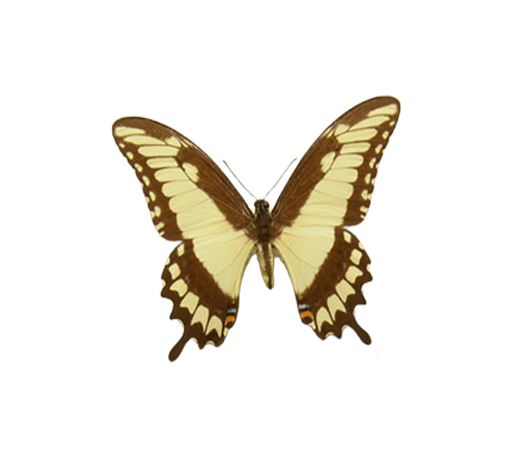
Papilio astyalas
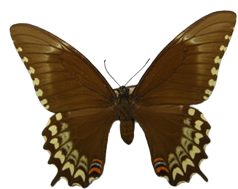 |
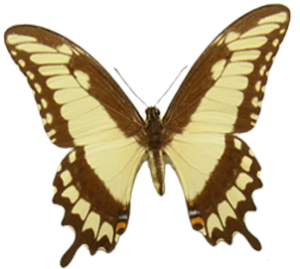 |
Thoughy rarely seen or colected, this species can be verylocally common, especially in western El Salvador close to the El Imposible national park. Female are quite variable, some even having red or clue bands on the hindwings. Most are kind of “drabishly” green or greenish yellow, like the one here illustrated. Both males and females can be see in fields of porterweed in the early moprning, after which the females will depart to seek food plants upon which to lay their eggs.
Papilio garamas
The largest Central American swallowtail and undoubtedly the precursor species of Papilio homerus, the largest American Papilio restricted to the…
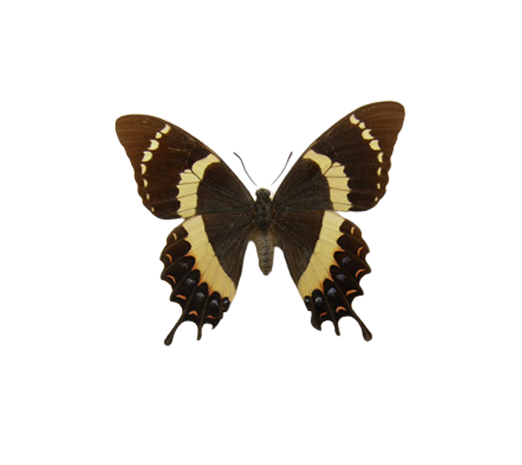
Papilio garamas
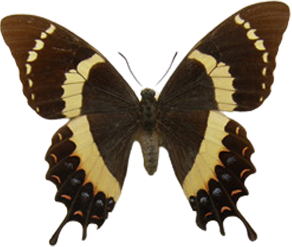 |
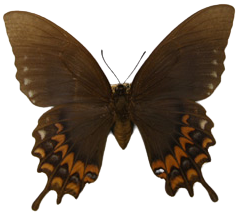 |
The largest Central American swallowtail and undoubtedly the precursor species of Papilio homerus, the largest American Papilio restricted to the island of Jamaica. The female has two forms: a yellow and black form similar to the males (but larger and with blue spots on the hind wing), and a red form with no yellow, as illustrated. Likes to fly or soar high, and does not keep its wings in motion when feeding on flowers.
Parides montezuma
A common lowland swallowtail, it is probably the “weediest” of the five known Salvadoran Parides, often found in open lots…
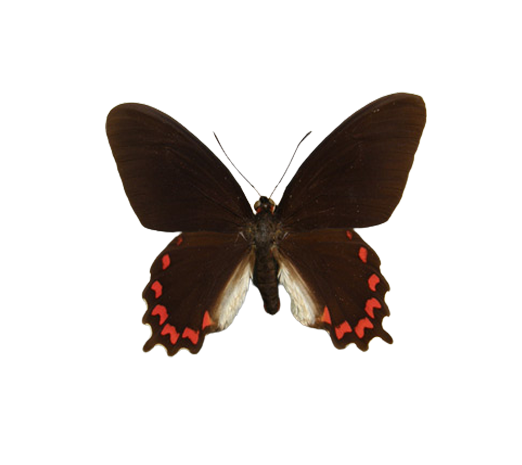
Parides montezuma
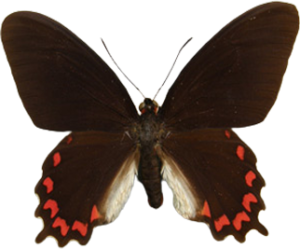
A common lowland swallowtail, it is probably the “weediest” of the five known Salvadoran Parides, often found in open lots where its likewise common Aristolochia food plant is found. Rarely seen in mature forest, it prefers drier habitats than the other Pariedes.
Myscelia ethusa
Wary and evasive in nature, the tameness of bred adults is quite striking. No doubt having seen humans as butlers…

Myscelia ethusa
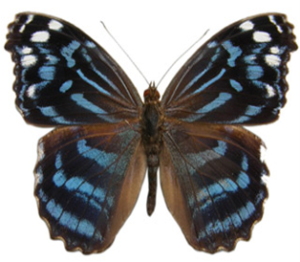
Wary and evasive in nature, the tameness of bred adults is quite striking. No doubt having seen humans as butlers who brtought them their food in their young caterpillar stages contributes a lot to thie seemingly contradictory behaviour. In El Salvador seeminly limited to the southwestern part of the country within ad around the El Imposible national park.
Papilio androgeus
One of the largest and most boldly colored of our larger swallowtails, and also one not seen very often, even…
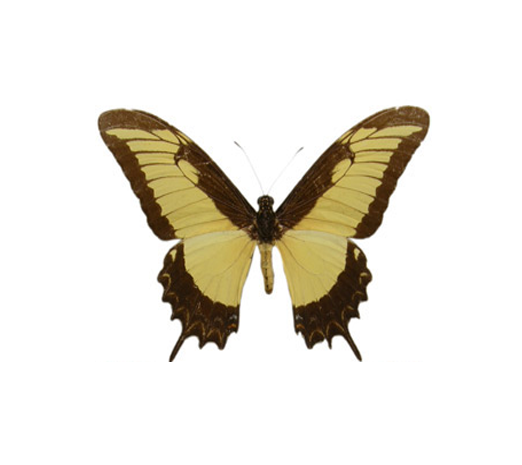
Papilio androgeus
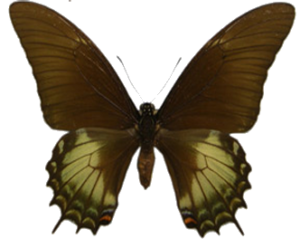 |
 |
One of the largest and most boldly colored of our larger swallowtails, and also one not seen very often, even though both sexes may fly considerable distances in search of adequate sources of sap flower sources. Like with most Papilios and Battus swallowtails, males will often be seen drinking in wet sand and soil along rivers and even dirt roads. Females remain closer to large vegetation where they will visit flowers.
